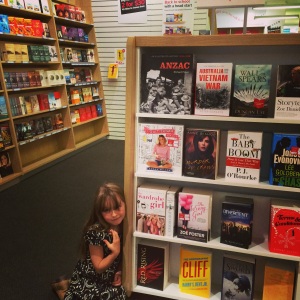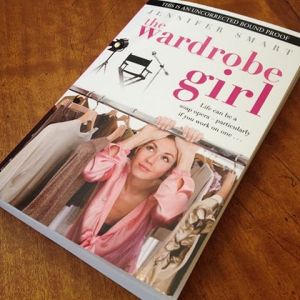Congratulations! You’ve written your book. You’ve been accepted by an agent, secured your publishing deal, all the editing and rewriting is finished and your book is off at the printers. Phew. Time for a quick break, put your feet up before launching into your next writing project. Right?
Wrong.
Your work is just beginning. You’re about to enter a new phase and it may be one that won’t come naturally. This is the selling phase; the getting your book into the hand of the book-buying public phase. Sound harsh? Maybe, but your readers are firstly buyers who need to be persuaded that your book is worth handing over some of their hard-earned cash for. And there is a lot of competition for their dollars.
Every month, thousands of books are published through the established publishing houses, not to mention the small independent companies and those writers who choose to self-publish. Amongst all those thousands will be your book and you need to 1. draw attention to its existence and 2. convince book-buyers that they want to read it.
It’s called PR, marketing and sales. It’s time-consuming, but vital work.
My novel, The Wardrobe Girl, was published 3 weeks ago. Since then, I’ve done numerous radio interviews, press articles, guest blog posts, library talks and book signings. there have been times when I thought my head was spinning and it’s certainly taken some adjusting on my part. I’m not a ‘spotlight’ kind of person, I’m very happy with my own company, my own space and writing. I like silence and often long for solitude. (Oh, my poor long-suffering family!). But I’ve needed to create a persona, become a performance artist for my PR campaign and given the nature of my novel, it needed to be upbeat, witty & personable. I also needed to learn to flick the switch and be present immediately the interview begins and to make sure that I’m getting my message across.
Gone are the days of the large marketing budgets. Now, as a debut author, you may be lucky to have any budget at all. there’s very little handholding – I had no media training. although Kirsty Noffke, my Random House PR colleague, organised my itinerary and was always just a phone call away. But it’s pretty much sink or swim.
Of course before you even reach this stage, you’ll be on Twitter, have your own Author page on Facebook and a blog. (Even if it is terribly neglected like this blog!). You’ll be working on establishing a profile, developing your platform, so by the time your book is published, you’ll have an existing marketing base to draw on.
You can’t afford to ignore this part of the deal. it’s the business of being a writer. the difference between ‘aspiring’ and ‘arrived’. If you’re hoping to be picked up for books 2 and 3 and so on, then you’ll need to embrace this aspect as part of the publishing process.
People often liken publishing a book to giving birth and if that’s true, then is the reality of the first 6 weeks. Your life as a writer has changed and even though you were warned, it may be nothing like you expected.













